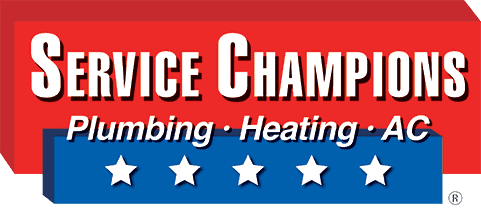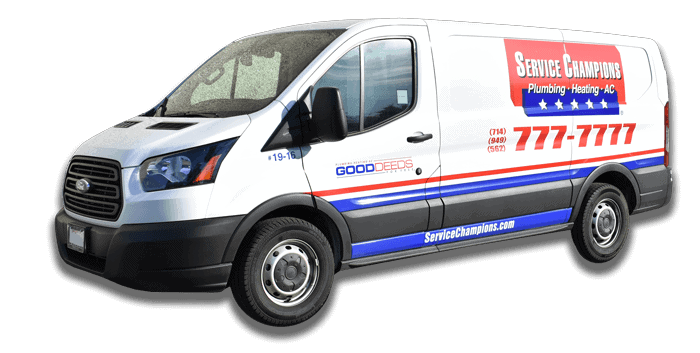Can you Turn on your AC and Heater at the Same Time?
As summer turns to fall in Southern California, the evenings become cooler while the days remain warm. What do you do with your AC and heater system – leave it on AC and shiver, or switch to heating and stay too warm during the day and toasty at night?
Of course, you can switch between the two, but there are a few guidelines to consider.
You can Switch Between Heat and AC (as long as you do it safely)
Weather is unpredictable, especially as the seasons change. So, it makes sense to use the AC when warm and the heater when cool. After all, nobody wants to be shivering or sweating in their own home. Your home should always be comfortable.
Always Wait for your Unit to Finish its Current Cycle
If you’re shivering and need warming up, or too warm and need cooling down, it’s tempting to switch from AC to heating without thinking. But this sudden change is what causes damage to your system.
Always wait until the current cycle has finished before switching from AC to heating and vice versa. If you switch while it’s still cooling, the outside unit has to work harder to get the house warm again. This can lead to premature wear and tear on your unit.

Another top tip is to ensure your thermostat is on AUTO. Once the current cycle finishes, turn the thermostat to OFF and leave for at least five minutes. After five minutes, you can switch from AC to heater (or heater to AC).
Moreover, never turn your thermostat up or down more than a few degrees. You’ll save on your energy bills and prevent damage to your system.
Why you Don’t Want your System to Short-Cycle
When your HVAC system is short-cycling, you’re essentially forcing it to run in a continuous loop. This means that the compressor is constantly cycling on and off.
You may think that letting an air conditioner short cycle once in a while won’t cause any harm, but this isn’t true. If you let your unit short cycle too often, it could eventually break down altogether.
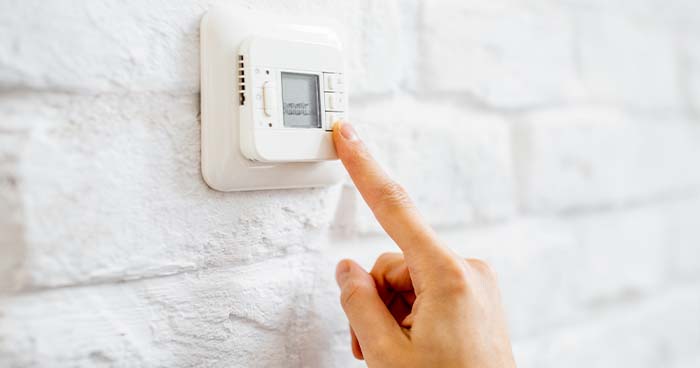
It’s best to keep switching from air-conditioning to heating to a minimum. And remember to book in regular HVAC maintenance checks.
Oh no! The Compressor Locked Up
When an HVAC compressor locks up, its internal moving parts have jammed together and stopped turning. This prevents the evaporator coil from cooling down and condensing vapor into liquid so that it can be pumped through the system and cooled into condensation or frost on the evaporator coil surface. The result: no air conditioning!
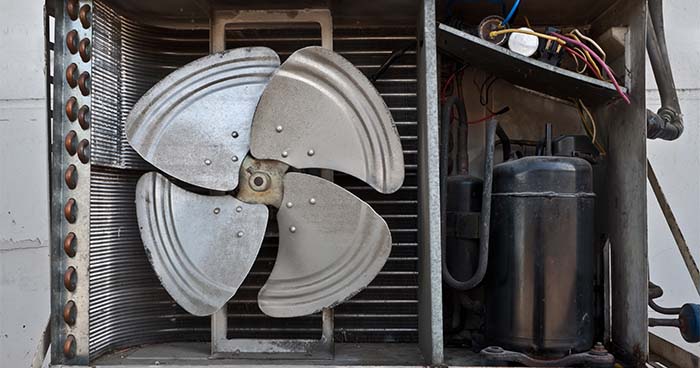
If you notice that your home feels warm even though the thermostat says it’s supposed to be cold, there may be an issue with your HVAC system’s compressors or refrigerant line leakage. Another sign that something is wrong with your unit is if it makes loud noises when turned on or off.
Keep up to Date with HVAC Maintenance
At some point in time, all HVAC systems will need to be maintained, repaired, or replaced. Regular inspections and servicing can help prevent problems before they get out of hand and save you money on expensive repairs down the road.
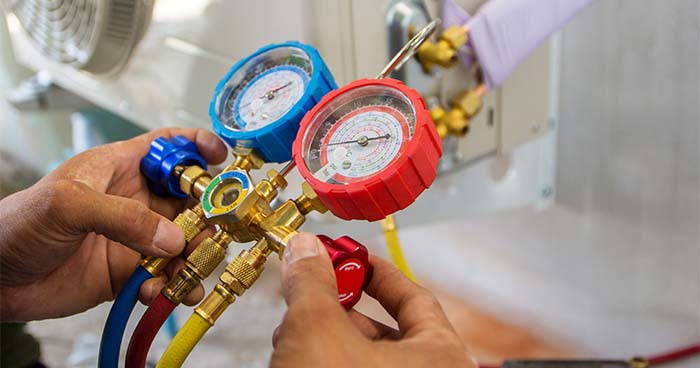
A well-maintained HVAC system will prevent damage to your home before it even happens. For example, if you have an air conditioning system that isn’t working correctly, this could cause mold growth in your walls or floors because they aren’t properly ventilated.
Additionally, preventative maintenance tasks such as cleaning coils and changing filter media can extend the life of your system without impacting its performance or comfort level.
A Smart Thermostat Can Make for an Easier Transition
One way to ensure your home is ready for fall and winter is by installing a smart thermostat. With a smart thermostat, you can easily adjust the temperature in your home based on the weather outside and even save money on energy bills.
Schedule an appointment with the experts at Service Champions for more information on switching from air-conditioning to heating systems.
